How Fermentation Shapes Korean Dining Traditions
10 min read Exploring how fermentation techniques influence Korea's culinary heritage and redefine its dining practices and flavor profiles. June 23, 2025 03:05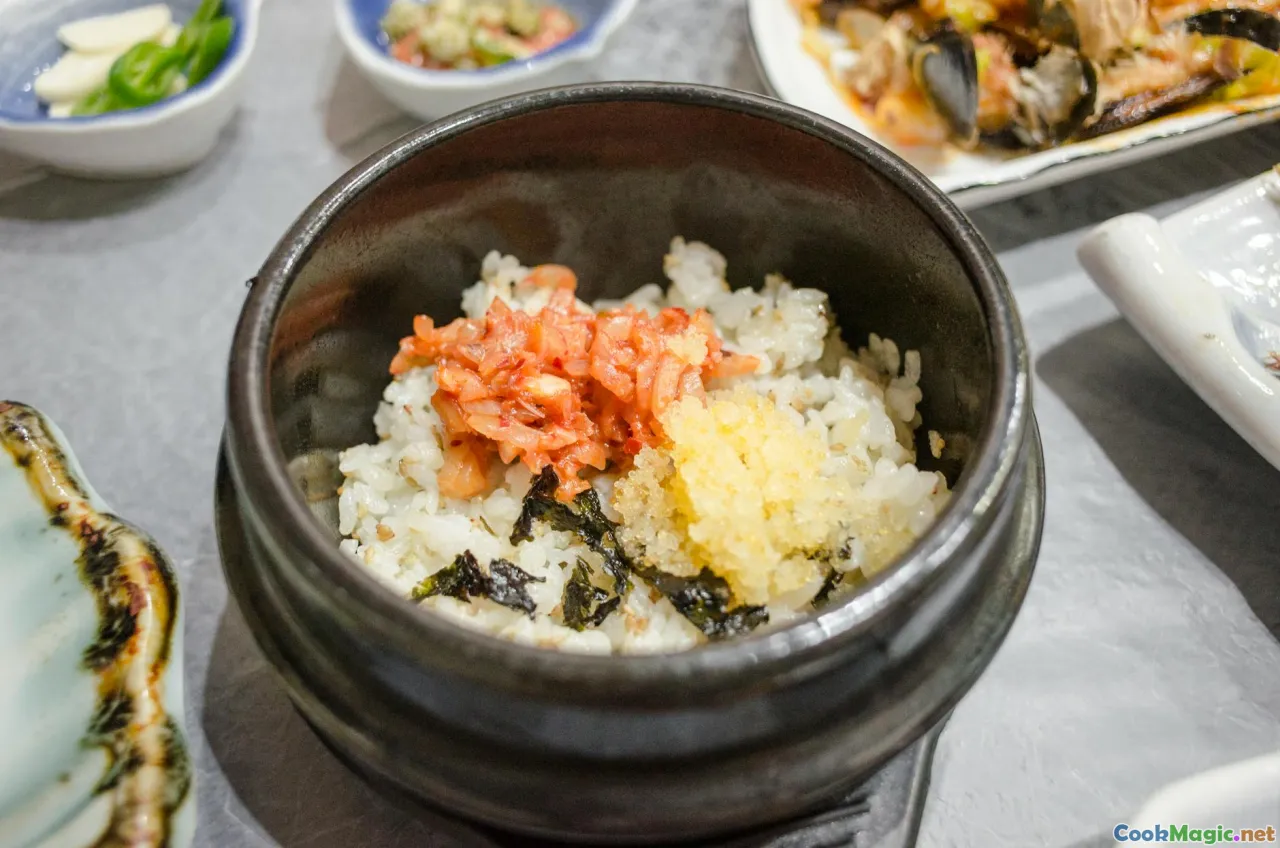
The Vibrant Foundation of Korean Fermentation Traditions
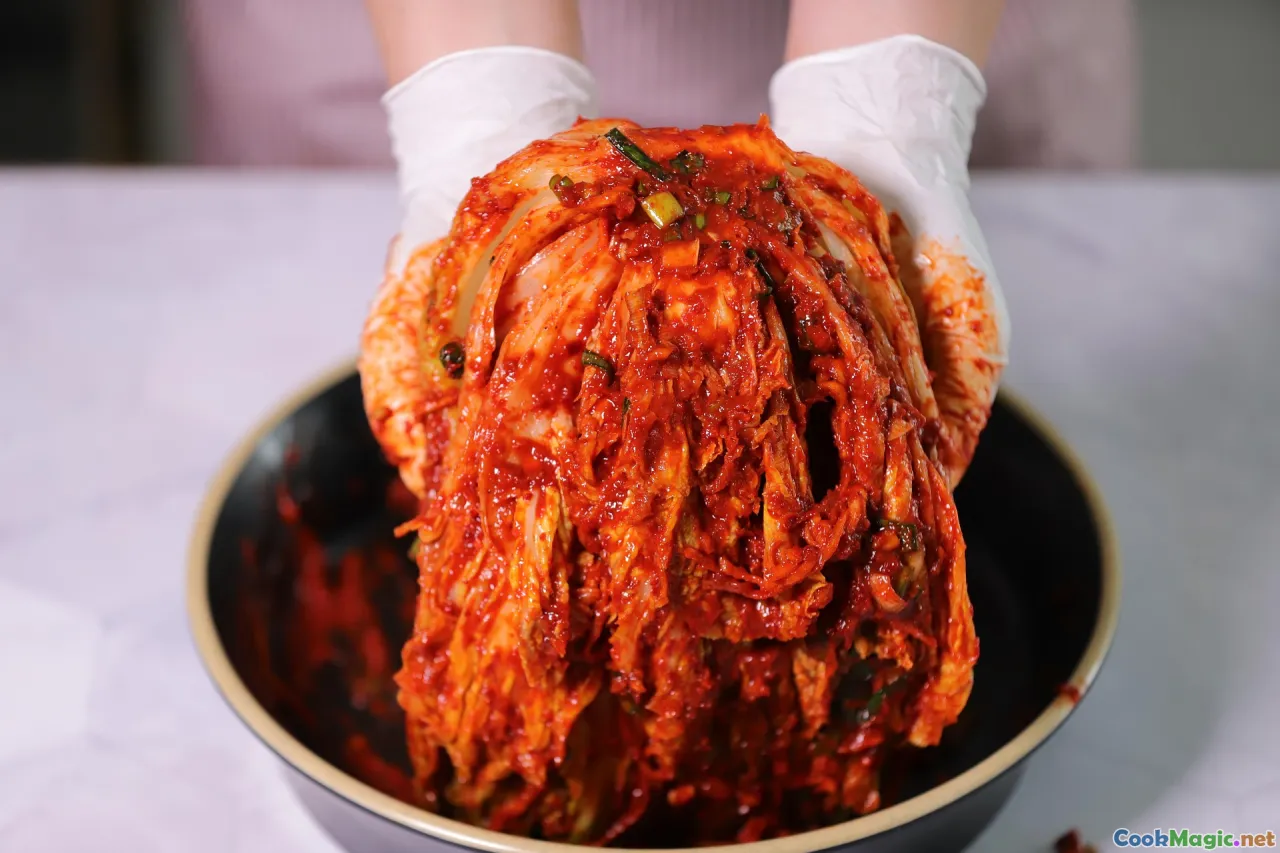
Any exploration of Korean culinary culture must inevitably be rooted in the sacred art of fermentation. For centuries, Korea has cultivated an intimate relationship with naturally fermented foods that go beyond sustenance to embody social cohesion, seasonal rhythm, and cultural identity.
In the cool valley kitchens of rural Gangwon-do to bustling Seoul markets, the aroma of fermenting vegetables and condiments wafts through the air—a tantalizing blend of pungent, salty, umami-rich scents that immediately evoke the heart of Korean homes. Fermentation in Korea is not just a method of preservation; it is a way of life, forming a tapestry of flavors that narrate the land's history, climate, and collective spirit.
The Historic Roots of Korean Fermentation
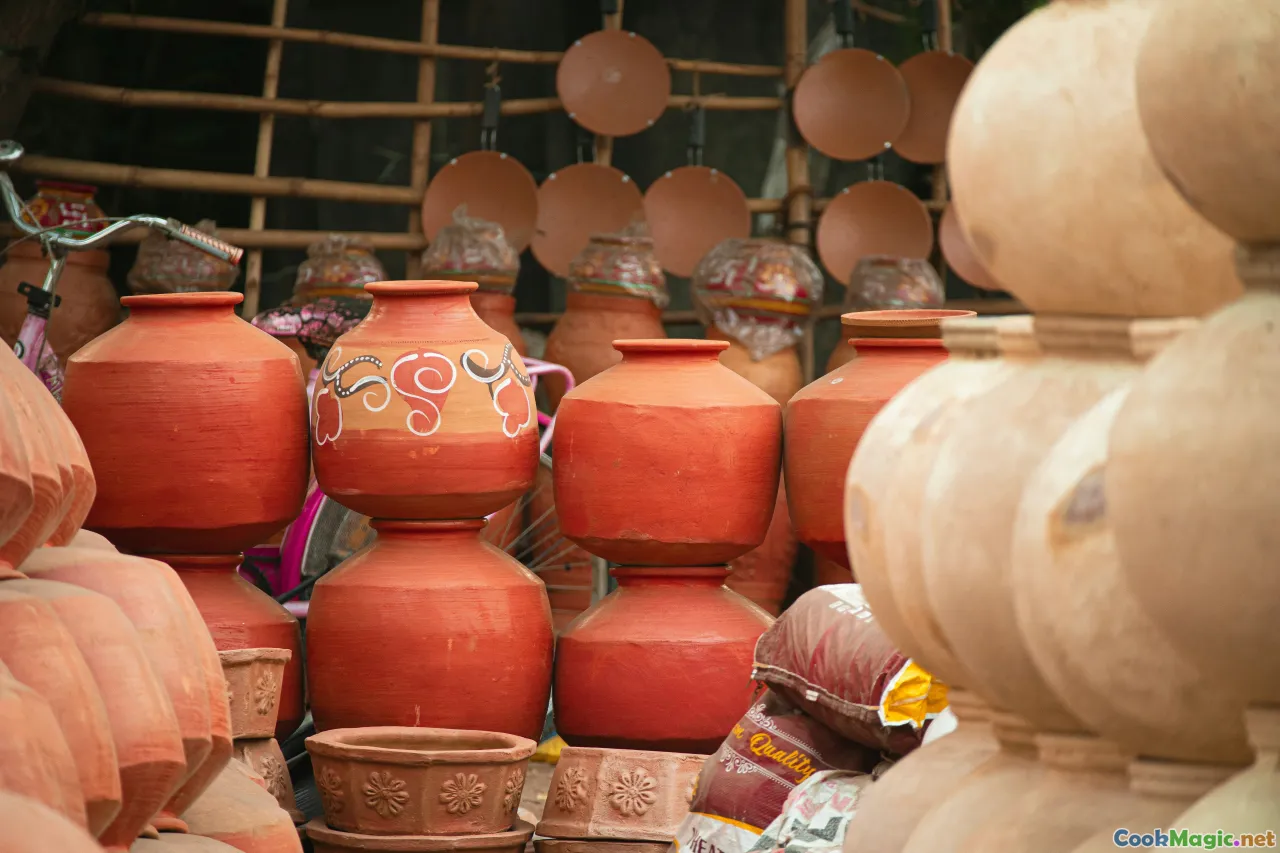
Korean fermentation techniques date back over 3,000 years, with archaeological evidence such as earthenware jars (onggi) uncovered from ancient sites. These simple clay vessels, coated with a silicate glaze, created an ideal environment—dark, cool, and breathable—for preserving seasonal produce.
The advent of fermentation coincided with Korea’s agricultural cycles, accentuating the importance of kimchi—a symphony of salted, fermented vegetables—as a dietary staple. During the Joseon Dynasty (1392-1897), elaborate fermentation rituals and recipes flourished, often tied to communal rites and seasonal celebrations. Celebrating the village harvest or the arrival of winter was unthinkable without a bounty of fermented foods laid out for communal feasts.
Sensory Artistry: Flavor, Aroma, and Texture
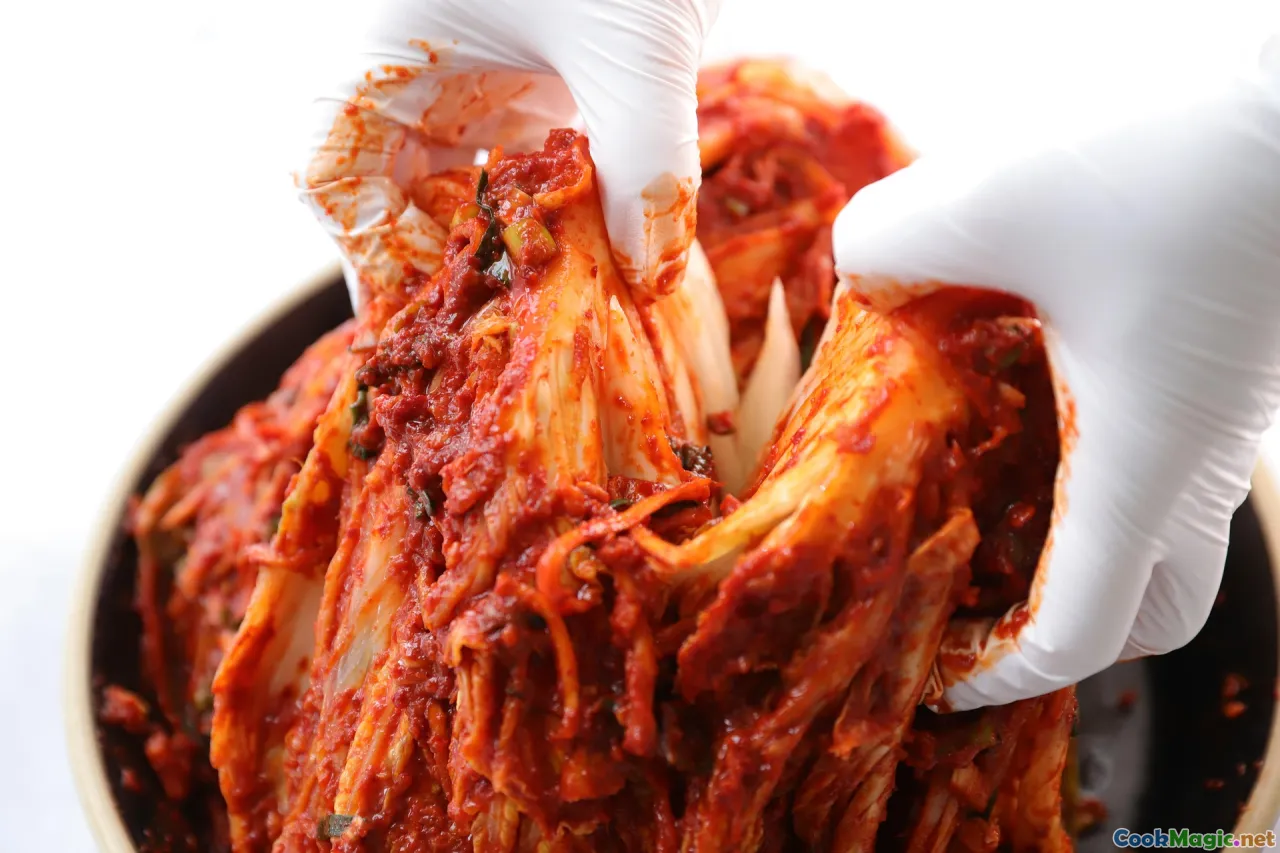
Korean fermented foods masterfully balance complex flavors—sharp acidity, deep umami, gentle sweetness, and a subtle bitterness—delivering a layered tasting experience.
Take kimchi, perhaps the most iconic example. Its aroma is a heady mix of pungent garlic, fermented cabbage, and the earthy tang of chili powder, punctuated by hints of fermented fish (jeotgal). Its texture ranges from crisp and crackling when freshly prepared to tender and soft after months of fermentation. Bite into a well-matured kimchi, and you’re met with a surprisingly layered palate—crunchy at first, then bringing a spicy-sour kick that lingers sweetly on the tongue.
Beyond kimchi, many other fermented delights exist—ssamjang (fermented soybean paste), ganjang (soy sauce), doenjang (fermented soybean paste), gochujang (spicy fermented chili paste), and vinegar-based condiments. Each offers a unique sensory profile, transforming simple ingredients into dishes with umami depth and unmistakable character.
The Cultural Significance: Rituals, Seasons, and Identity
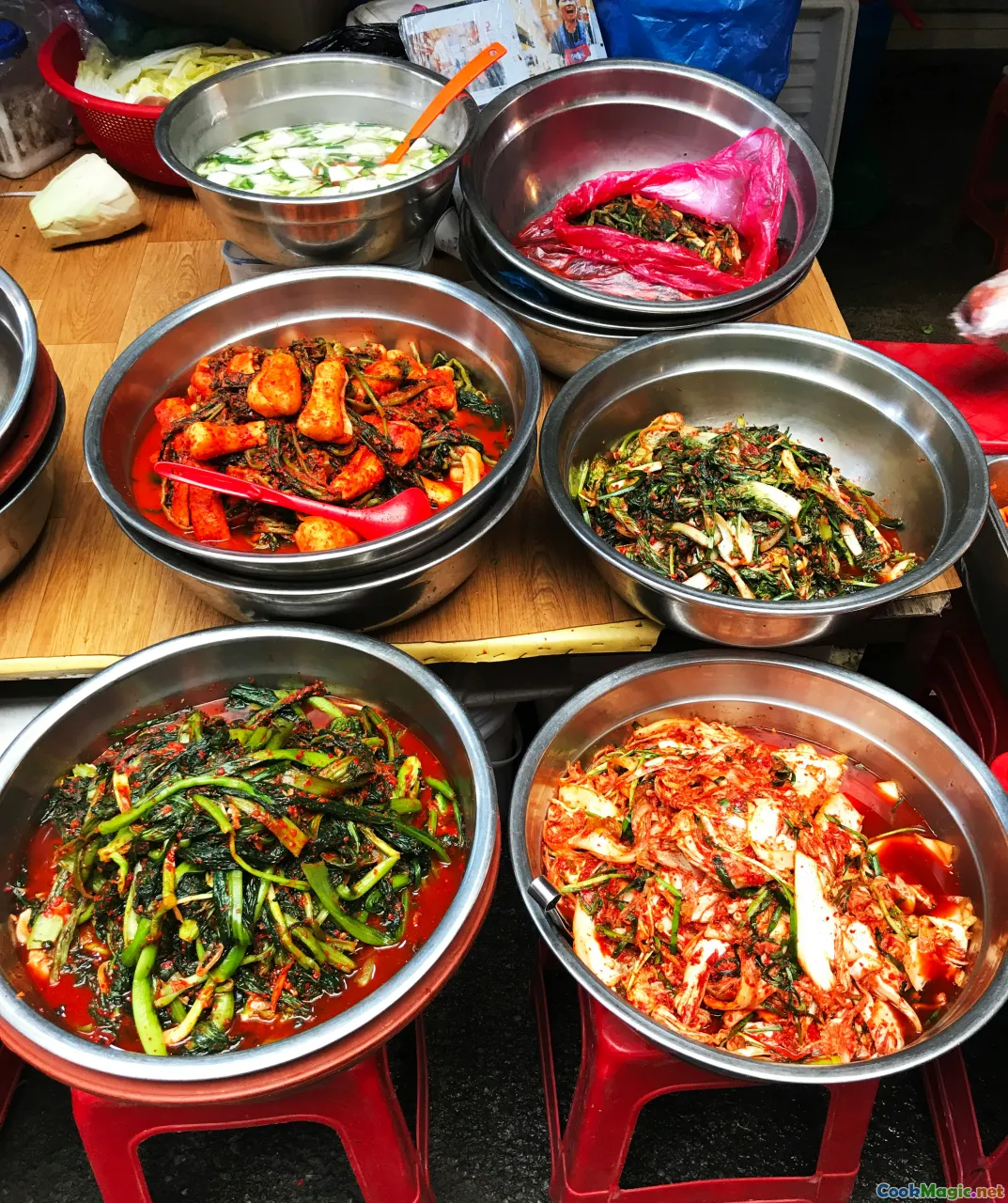
Fermentation in Korea forms a cornerstone of communal and familial bonds. The most vivid example is Kimjang, the traditional seasonal process of making large quantities of kimchi for winter storage. Declared UNESCO Intangible Cultural Heritage in 2013, Kimjang is as much a social ritual as it is a culinary practice.
In late autumn, families gather around giant earthenware jars, peeling and salting cabbage, mixing spices, and sharing stories handed down through generations. This collective activity reinforces social ties, preserves cultural stories, and symbolizes perseverance through hardship—a testament to Korea’s resilient spirit.
Seasons dictate the rhythm of fermentation. Spring sees the first batches of fermented young radish kimchi (dongchimi), bright and refreshing, while winter’s culmination offers matured, intensely flavorful varieties. The anticipation and patience required to wait for fermentation—often months—imbues the food with emotional resonance.
Modern Perspectives: Innovation Meets Tradition
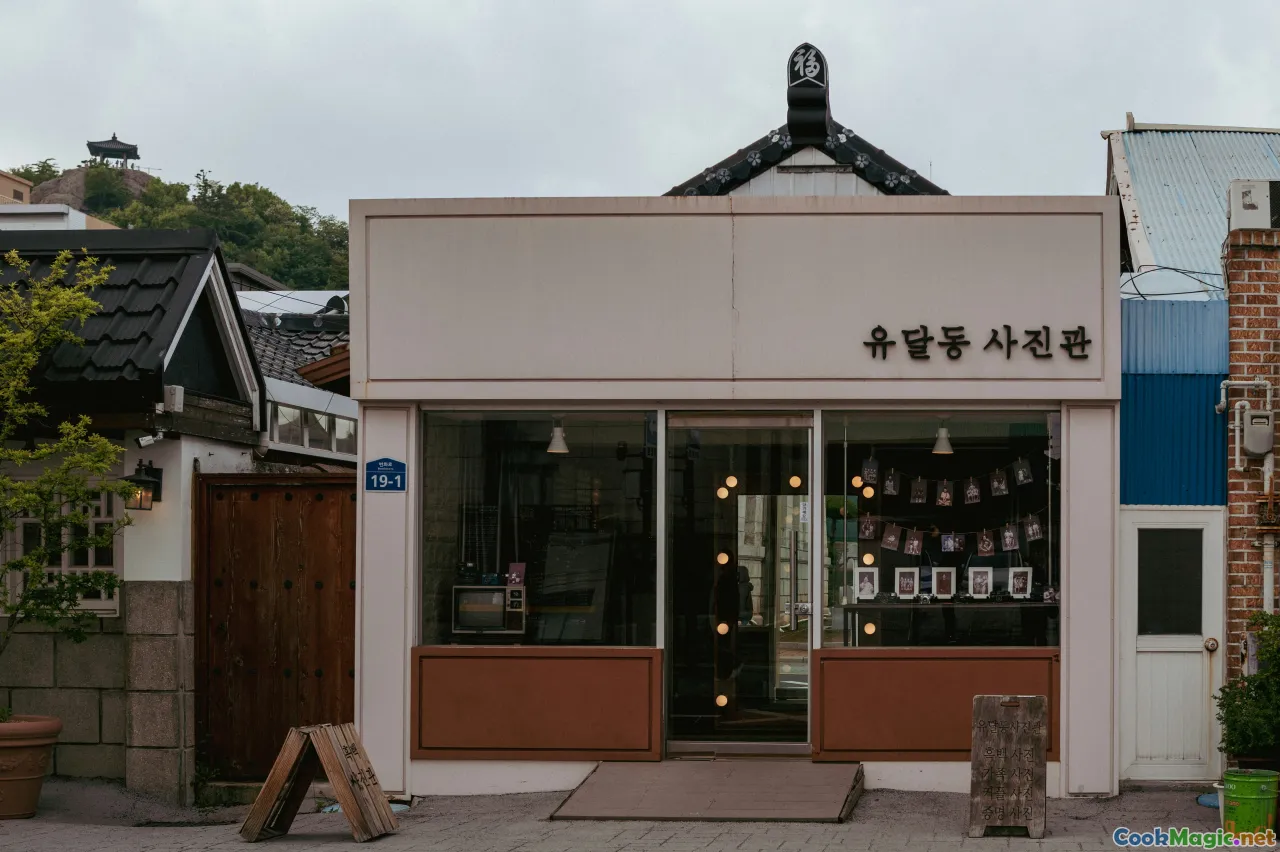
Today, Korean fermentation continues to evolve, embracing innovation while respecting tradition. Chefs and home cooks alike experiment with fermentation techniques, blending ancient practices with contemporary culinary trends.
Artisanal fermentation is booming in Seoul’s burgeoning food scene. Small-batch kimchi producers, like SungsimdangorYoun’s Kitchen series, emphasize organic ingredients, spontaneous fermentation, and creative flavor infusions—adding perilla leaves, chestnuts, or even fruits for novel tastes.
At the same time, fermentation is part of Korea’s gastronomic diplomacy—courting international audiences with accessible, healthful options. Korean cuisine cafés now serve infused kimchi smoothies, kimchi pancakes with international twists, and fermented veggie salads that highlight the health benefits—digestive aid, probiotics, and immune boosting.
Fermentation’s Role in Personal and Culinary Identity
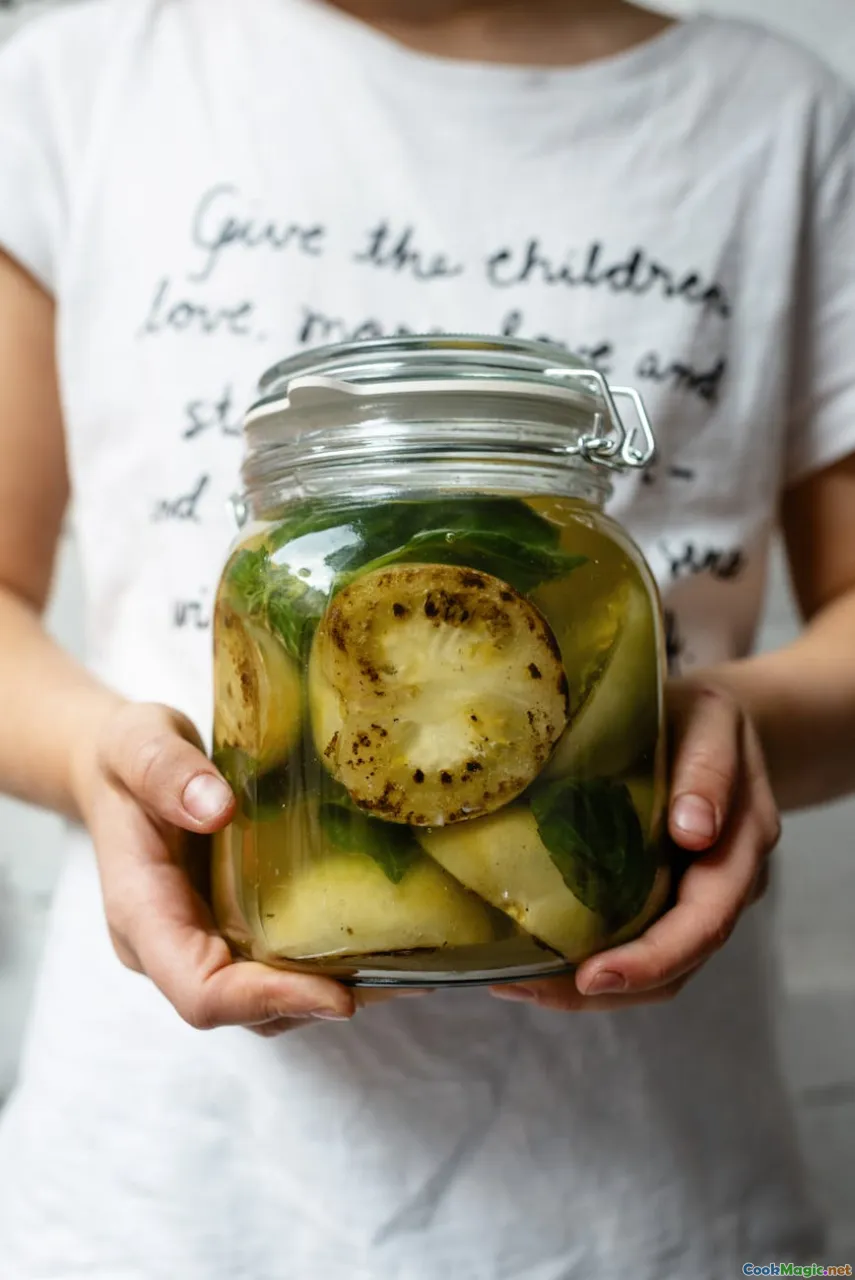
For many Koreans, fermentation is deeply personal, a way to connect with loved ones and heritage. Grandparents pass down recipes not just as instructions but as stories—tales of survival, migration, and community.
In the modern Korean home, a fermentation station—be it a modest corner in the kitchen or a dedicated cupboard—embodies tradition. These are the living archives where taste and history intertwine, and in each jar’s bubble and smell, there resides a living memory.
Practical Tips: Fermenting at Home with Authenticity and Care
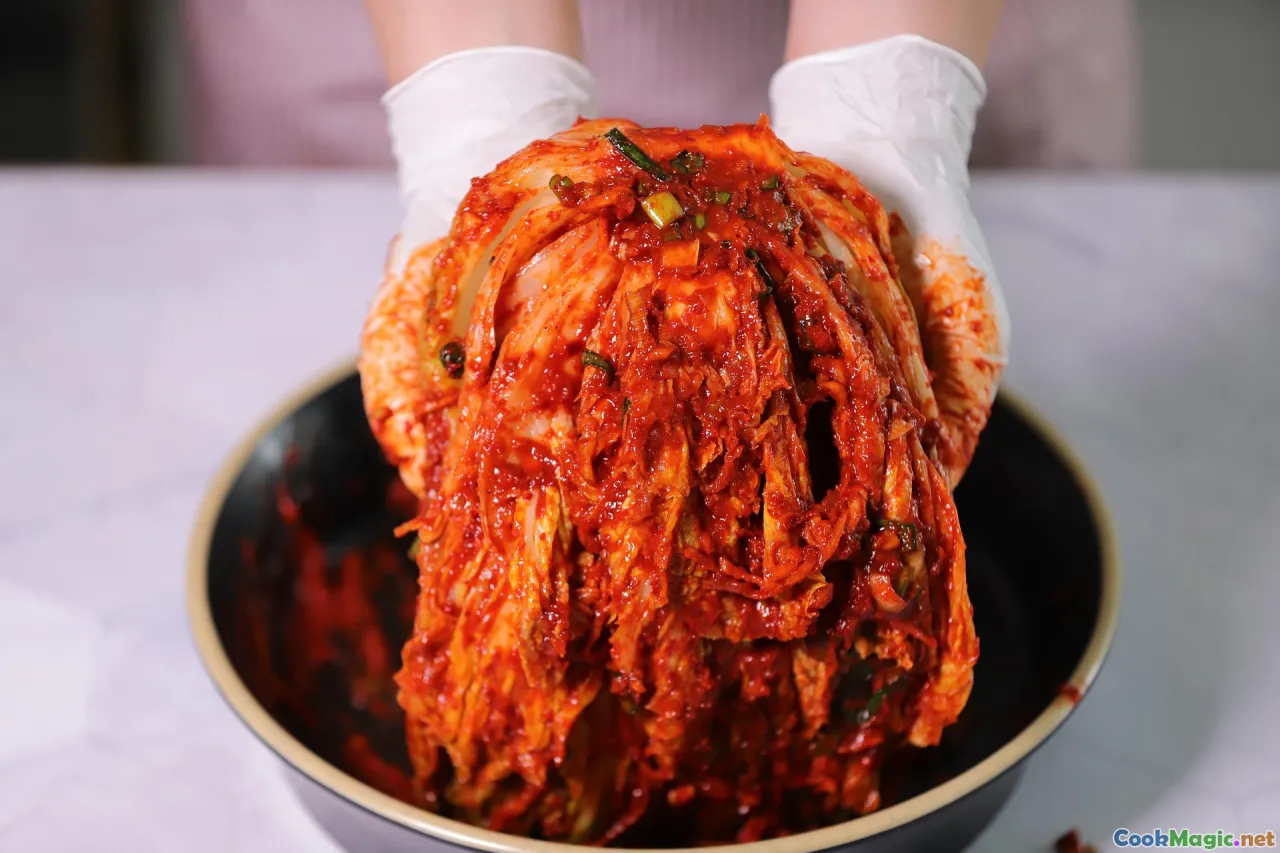
If you’re inspired to embark on your fermentation journey, remember that patience, cleanliness, and respect for tradition are your best guides.
- Start with quality ingredients: Use fresh cabbage, Korean chili powder (gochugaru), sea salt, and filtered water.
- Clean your tools: Ensure all equipment is sterilized to prevent unwanted bacteria.
- Follow the seasons: Embrace the natural rhythm—ferment at ambient temperatures, ideally around 15–20°C.
- Taste as you go: Adjust fermentation time based on your flavor preference—crisp, tangy, or deeply sour.
- Experiment respectfully: Consider adding local herbs, fruits, or spices to create personalized flavors reminiscent of Korea’s inventive spirit.
Preserving a Living Heritage

Fermentation in Korea is more than a culinary technique—it’s a vibrant cultural expression that embodies resilience, communal bonds, and respect for seasonal change. As global culinary cultures become increasingly interested in fermented foods, Korea’s rich tradition offers a profound lesson in patience, artistry, and connection.
Every jar of kimchi, each bubbling fermentation vessel, ties back to stories of survival and sharing—connecting generations across timelines. As we explore and appreciate these traditions, we deepen our understanding of how fermentation shapes not only the taste buds but also the very fabric of cultural identity.
Embracing this heritage allows us to carry forward a living, breathing tradition—one that celebrates the adaptability of Korean cuisine and invites us all to savor the profound beauty found within the fermentation process.









